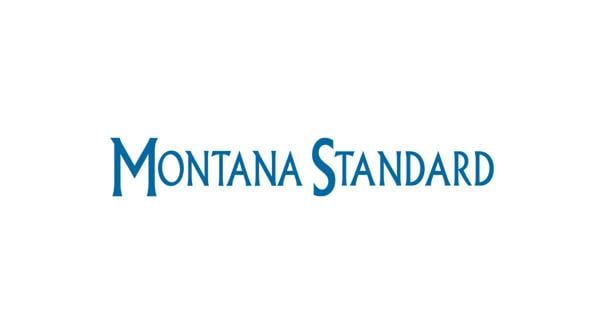BANGKOK — China’s ruling Communist Party released a 50-page roadmap addressing long-term challenges confronting the world’s second-largest economy, while the central bank cut key interest rates Monday in a surprise move to pep up the struggling property sector.
The action by the People’s Bank of China was a short-term adjustment that appeared to signal a recognition that the economy needs immediate help to complement the party’s broader ambitions of following leader Xi Jinping’s vision for transforming China into a “high-standard socialist market economy in all respects” by 2035.
“If we are to break new ground in advancing Chinese modernization on the new journey in the new era, we must continue to rely on reform and opening up,” Xi said in a written explanation of reforms endorsed last week at a four-day policy-setting meeting.
Overall, the outline of reforms aligns with the ruling party’s longstanding ambitions to cement China’s status as a leading technology and economic power, while addressing imbalances in its economy, which expanded at a slower-than-expected 4.7% annual pace in the last quarter, down from 5.3% in January-March.
People are also reading…
The party’s latest plan, 50 pages long in English, contains more than 300 reforms including promises to beef up social welfare such as pensions and health care, improve local government finances and protect private property rights.
It promises a “first-rate business environment” that will protect the rights and interests of foreign investors and make it more convenient for people from elsewhere to live in China. It also pledges equal market access and support for private enterprises and state-owned companies and better “international coordination” of economic policies.
But the reforms also put a higher priority on national security, Xi said. That may prove troubling to foreign companies operating in China that say ever-widening definitions of what might affect national security pose a serious risk to their operations and employees.
The document released Sunday is more detailed than a communique released Thursday after the party meeting ended. But the reforms it promises are laid out in broad strokes, with constant references to developing “mechanisms” to address each and every problem — the word mechanism appears 200 times in the English version and 242 times in Chinese.
Actual laws and regulations for achieving the goals of the policy roadmap will come later.
“We think these measures, if well implemented promptly, should help improve resource allocation, contain financial risks, unleash some growth potential, and underpin investors’ confidence, while the actual implementation and policy clarity and sustainability will be the key,” UBS economists Nina Zhang and Tao Wang said in a report.
The party has acknowledged some of the thorniest problems that have slowed China’s recovery from the disruptions of the COVID-19 pandemic, chief among them weak consumer demand.





